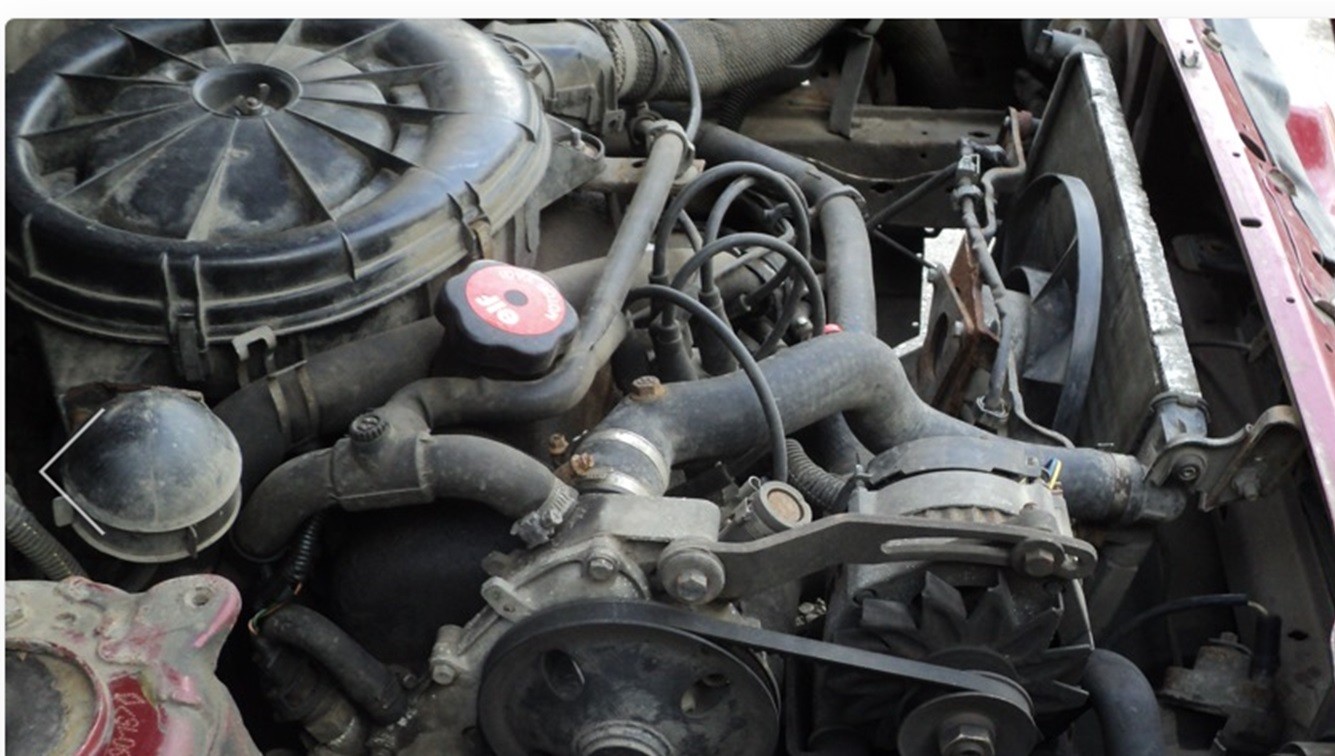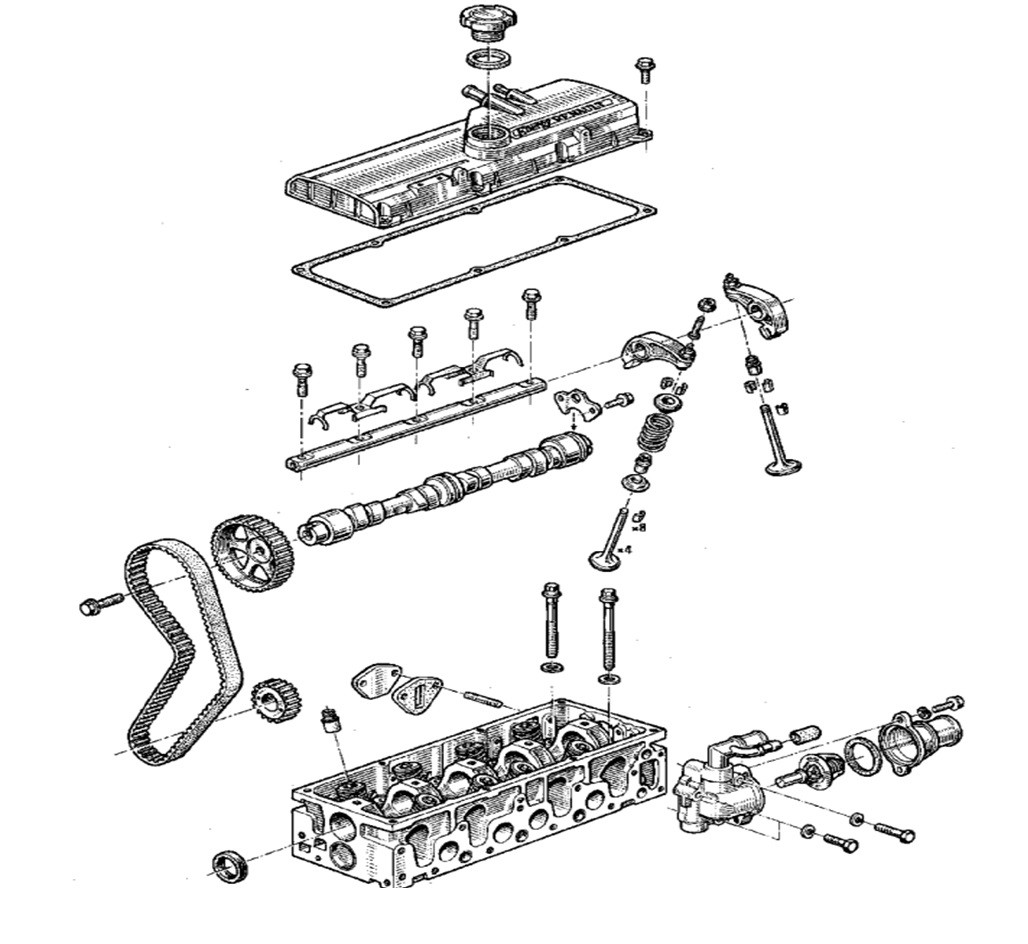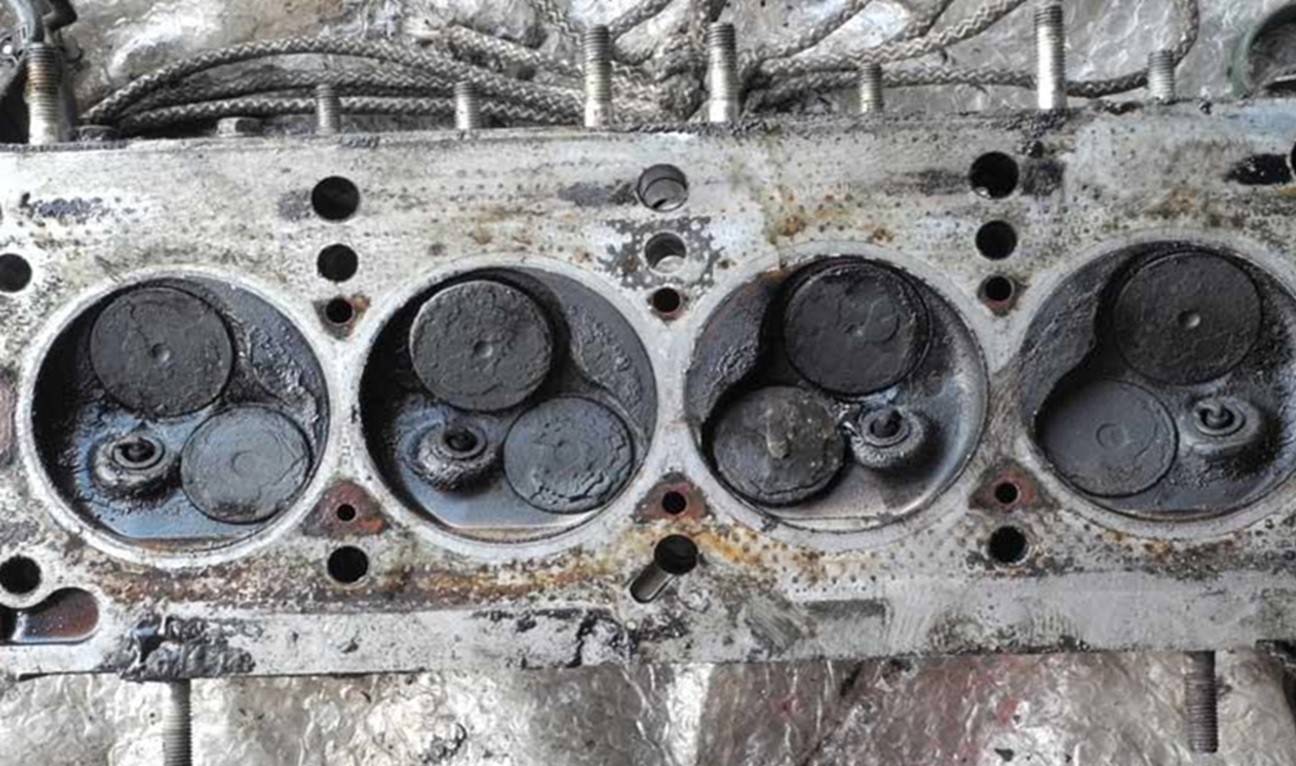
Renault E6J engine
Content
Renault engine builders managed to make a new power unit that combines efficiency and unpretentiousness to fuel quality.
Description
The E6J engine, developed by the French engineers of the Renault auto concern, was produced from 1988 to 1989. In a modified state (improved modifications of the base model) was produced until 1998. It is a four-cylinder in-line gasoline aspirated engine with a volume of 1,4 liters with a capacity of 70-80 hp with a torque of 105-114 Nm.

The main advantage of the motor is the simple arrangement of all important components.

It was installed on Renault Renault 19 I (1988-1995) and Renault Clio I (1991-1998) cars.
Technical specifications
| Manufacturer | Renault Group |
|---|---|
| Engine volume, cm³ | 1390 |
| Power, HP | 70 (80) * |
| Torque, Nm | 105 (114) * |
| Compression ratio | 9,2-9,5 |
| Cylinder block | cast iron |
| Cylinder head | aluminum |
| Cylinder diameter, mm | 75.8 |
| The piston stroke, mm | 77 |
| The order of the cylinders | 1-3-4-2 |
| Number of valves per cylinder | 2 (SOHC) |
| Timing drive | belt |
| Hydraulic compensators | no |
| Turbocharging | no |
| Fuel system | carburetor |
| Fuel | gasoline AI-92 |
| Environmental standards | Euro 1 |
| Resource, outside. km | 200 |
| Location | transverse |
*numbers in brackets are average values for E6J modifications.
What do modifications 700, 701, 712, 713, 718, 760 mean
For all the time of production, the motor has been repeatedly improved. Compared to the base model, power and torque have been slightly increased. The changes affected the installation of more modern attachments in order to improve performance, increase efficiency and environmental emission standards.
There were no structural changes in the modifications of the E6J, with the exception of mounting the engine on various car models and mechanisms for connecting to a manual transmission or automatic transmission.
Table 2. Modifications
| Engine code | Power | Torque | Compression ratio | Year of construction | Installed |
|---|---|---|---|---|---|
| E6J700 | 78 hp at 5750 rpm | 106 Nm | 9.5 | 1988-1992 | Renault 19 January |
| E6J701 | 78 hp at 5750 rpm | 106 Nm | 9.5 | 1988-1992 | Renault 19 January |
| E6J712 | 80 hp at 5750 rpm | 107 Nm | 9.5 | 1990-1998 | Renault Clio |
| E6J713 | 78 hp at 5750 rpm | 107 Nm | 9.5 | 1990-1998 | Renault Clio |
| E6J718 | 79 HP | 107 Nm | 8.8 | 1990-1998 | Renault Clio |
| E6J760 | 78 hp at 5750 rpm | 106 Nm | 9.5 | 1990-1998 | Renault Clio |
Reliability, weaknesses, maintainability
Reliability
The high reliability of the engine is due to the simplicity of its design. With proper operation and timely maintenance of the internal combustion engine, it almost doubles the declared mileage resource.
From the reviews of car owners with such an engine:
C2L from Votkinsk UR writes that “... with a run of under 200t.km, the sleeves are practically not worn out, at most you can change the rings for new ones of the same size. The compression is small, but the reason is soot on the valves, you will open it, you will lose weight from what you see.

We had one or two outlets that didn’t close completely at all, and in this condition the car easily went 160 and the consumption was 6.5 / 100.
The same opinion about the reliability of pashpadurv from Mariupol, Ukraine: “... the years take their toll, whatever one may say, and she (the car) is already 19 years old. Engine 1.4 E6J, Weber carburetor. She passed 204 thousand km. changed the guide rings in the head, the basket, and made a box a year ago (the shaft with the bearing turned, it began to whistle).
Weak spots
They are available on every engine. The E6J is no exception. Electrical failures are noted (the coolant and inlet air temperature sensors turned out to be unreliable). High-voltage wires and spark plugs require increased attention - their insulation is prone to breakdown. A crack on the cover of the distributor (distributor) will also easily disrupt the stable operation of the motor.
The low quality of our fuel contributes to the failure of the elements of the fuel system (gasoline pump, fuel filter).
The negative impact of weak points can be mitigated by scrupulously following all the engine manufacturer's recommendations for operating the engine.
Maintainability
The engine has good maintainability. Cylinder liners can be bored and honed to any repair size, i.e. do a complete overhaul.
With experience and a special tool, the motor is easily repaired in a garage.
There are no difficulties with the search for spare parts, but their high cost is noted. Car owners pay attention to the fact that it is sometimes cheaper to purchase a contract engine (30-35 thousand rubles) than to restore a broken one.
You can watch a video about the repair:
Easy to maintain, economical and unpretentious in operation, the E6J became the prototype for the creation of the new E7J engine.

